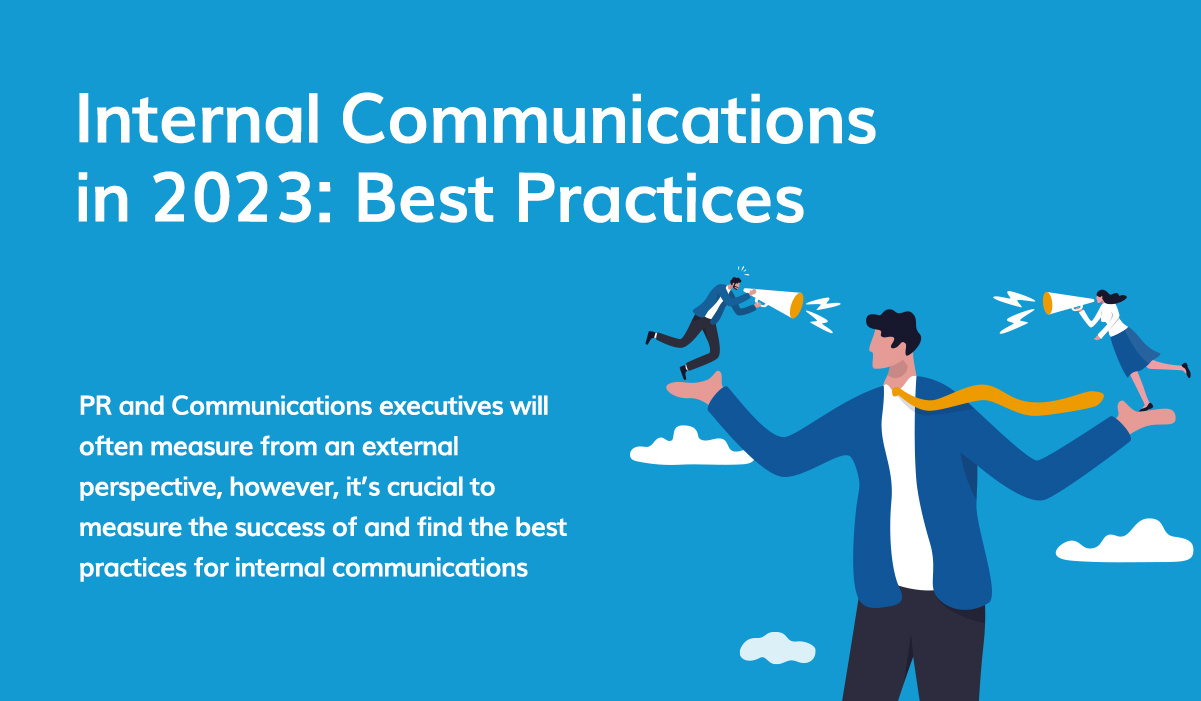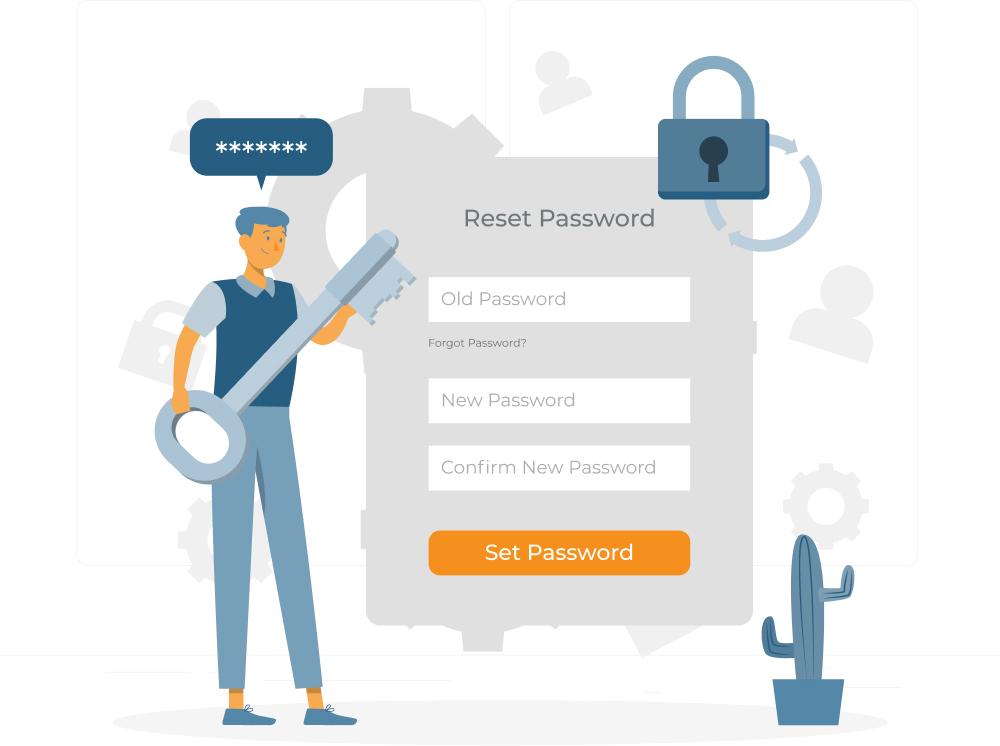PR and Communications executives will often measure their communications’ plans success from an external perspective, however, it’s crucial to measure the success of the internal communications plans in place. What are best practices for internal communications? Indeed, some companies are approaching Internal Communication as a separate beast altogether. At the end of the day, your employees are representatives of the brand, they should be your brand champions and they should be in the know of what’s going on.
You might be the leader behind a new project or large change at the office and you may have even written about it and advised of updates in external mailshots, social media posts, and tweets but when the time comes and the plan is rolled out, disgruntled employees are everywhere, all saying that they weren’t aware. This is frustrating, not just for the employee, but also for the person behind a project. Of the so many things you prepared and accounted for and boxes you checked, you missed out on one important thing: informing employees.

Is it the employee’s responsibility to sign up to your mailing list? Probably not. It is within your prerogative to consider the employee as an important stakeholder (if not the most important). Truly, internal communication requires the same level of attention and planning that recruiting, customer or partner communication plans require.
It is now more important than ever. The reality is that many more companies are opting into full-time remote work and it is increasingly clear that corporate work environments will not go back to what they were pre-2020. The one downside is that it leaves employees somewhat disconnected from their employers and workplace. This means that there is a renewed emphasis on employee engagement.
Any internal communications plan needs to be proactive, comprehensive, and forward-thinking. It needs to find ways to foster connections that have otherwise been lost on digital platforms. In many ways, this is not a challenge: but an opportunity for businesses to rethink and restrategise a key, forgotten audience: their own employees!
What can you do to form your internal communications strategy?
The new generation of employees is resharing posts, commenting on socials, possibly blogging or writing articles and discussing ways your company can do better on Slack or in private chats. That’s a whole lot of buzz and hype around your brand that you are losing out on. It’s a whole lot of free “influencing” that you may be paying for, by hiring external influencers, which you could be getting for free, through an internal communication plan that makes sense. It is crucial to gather ongoing feedback from your employees, act upon it and communicate the changes you’ve effected.
There is no one-size-fits-all approach, of course. The structure and size of your company are unique to you and you are in the best position to understand them. You may not need the thorough practices of Coca-Cola with its Brand-Ambassador program, but it’s quite possible you’ve struggled with how best to present new information to your employees in a way in which they will understand and champion it.
1. Send scheduled emails
You won’t always have a regular stream of info to share, and if you have daily updates, we don’t recommend you send them daily. Instead, streamline this info and build it into a digestible format, using visuals, key takeaways, and if possible, a TLDR (“too long, didn’t read”) summary.
2. Target your internal communications
Just like in traditional marketing, the more you cater your message to a particular audience, the more effective it will be. Of course, your company may not be large enough to warrant several, separate newsletters, but it’s good to be aware that what you send may not be relevant to each and every employee and department. Who needs to know what? Each department head may decide to send out a newsletter to their team, prior to sending it company-wide, and then send bite-sized, more relevant information points to the point person for internal communications, who will in turn curate the info provided within a newsletter to employees.
3. Identify metrics
How will you quantify this improvement? Is your content receiving content shares? Studies have shown that individuals have 10 times the social media reach of a standard brand. That’s powerful! Encouraging and incentivising employees to share business updates, not only makes them feel a sense of ownership but also helps you achieve your business goals. Tools like Sprout, help you analyse shares by network and give you and understanding of overall reach. Another key and simple metric to quantify is newsletter opens and clickthrough. Are they opening the newsletters you are sending, do they click through and read relevant articles linked within? If not, it may be time to ask why and rethink.
4. Identify tools that work for you
Marshall McLuhan famously said, “the Medium is the Message”. Certain messages are best suited for specific channels. If you are asking employees to let you know their lunch order, you may not want to send a memo, a quick message on Slack would do… The message is casual, and so is the platform. Sending an official email with key C-level executives in copy will change the nature of the message. Interestingly, the level of technology infrastructure in use at your company is directly proportional to how fairly employees think they are treated at your company, according to research by Kahoot. 77% of remote workers feel they are treated fairly at companies with top technology solutions, whereas only 32% of remote workers believe they are treated fairly at companies with barely any tech solutions.
5. Evaluate and optimise
The process will involve a great deal of trial and error, but it is indeed worth working on and improving. Conduct regular evaluations of your internal communications strategy and seek ways to improve workflow and improve interactions. Ask employees point-blank about internal communication. Do they feel in the loop? How transparent is the company’s vision?
Most importantly: remember that employees are key stakeholders. They are not just workers. Engagement will follow if you engage them… and more engaged employees are more productive employees.
Share this article with someone who needs to read this.

